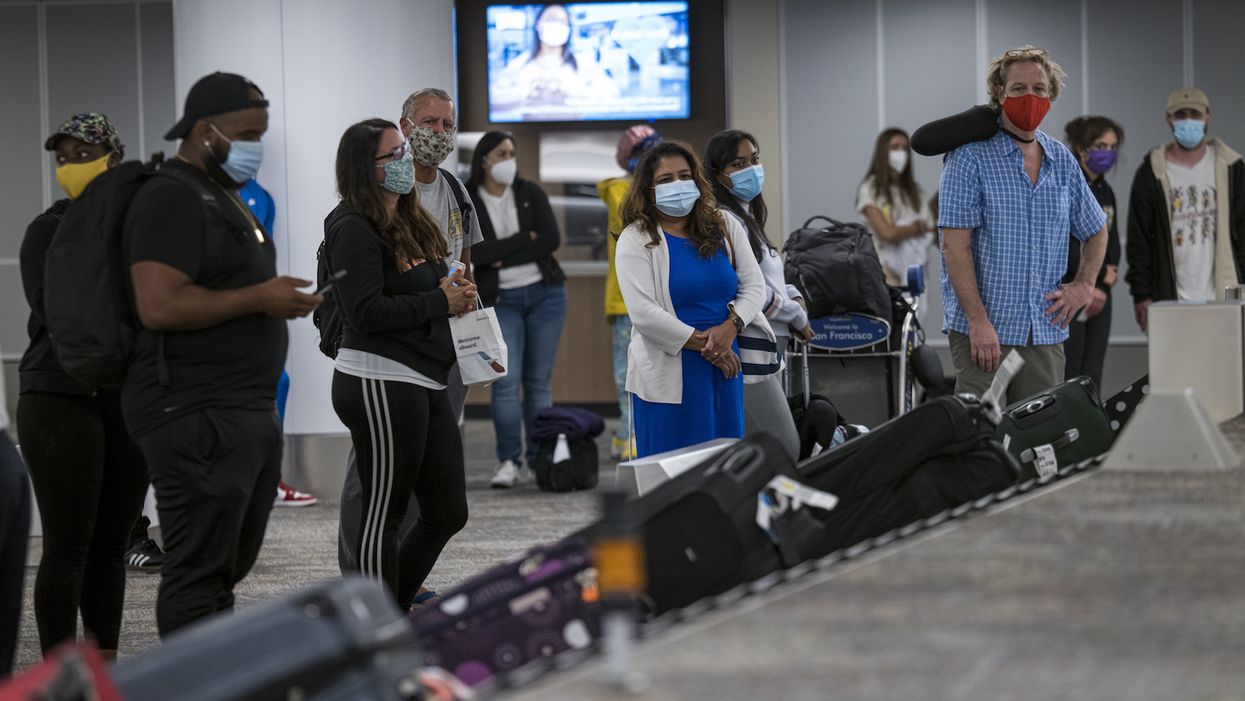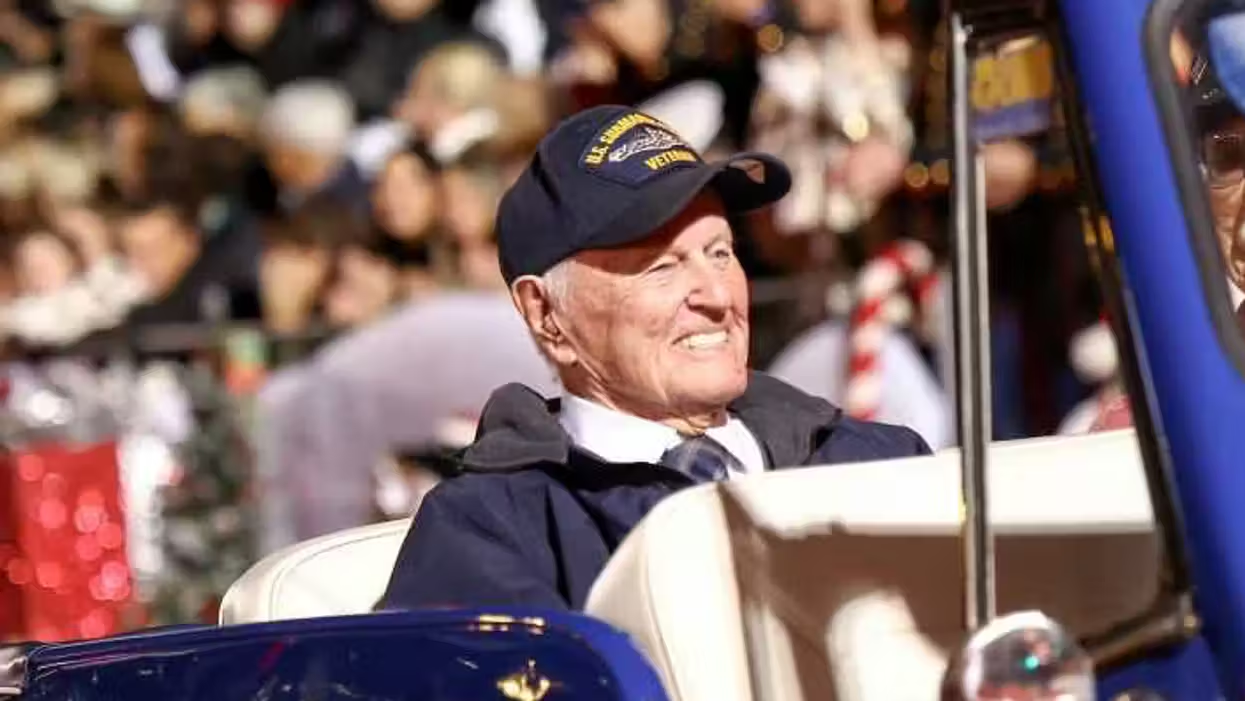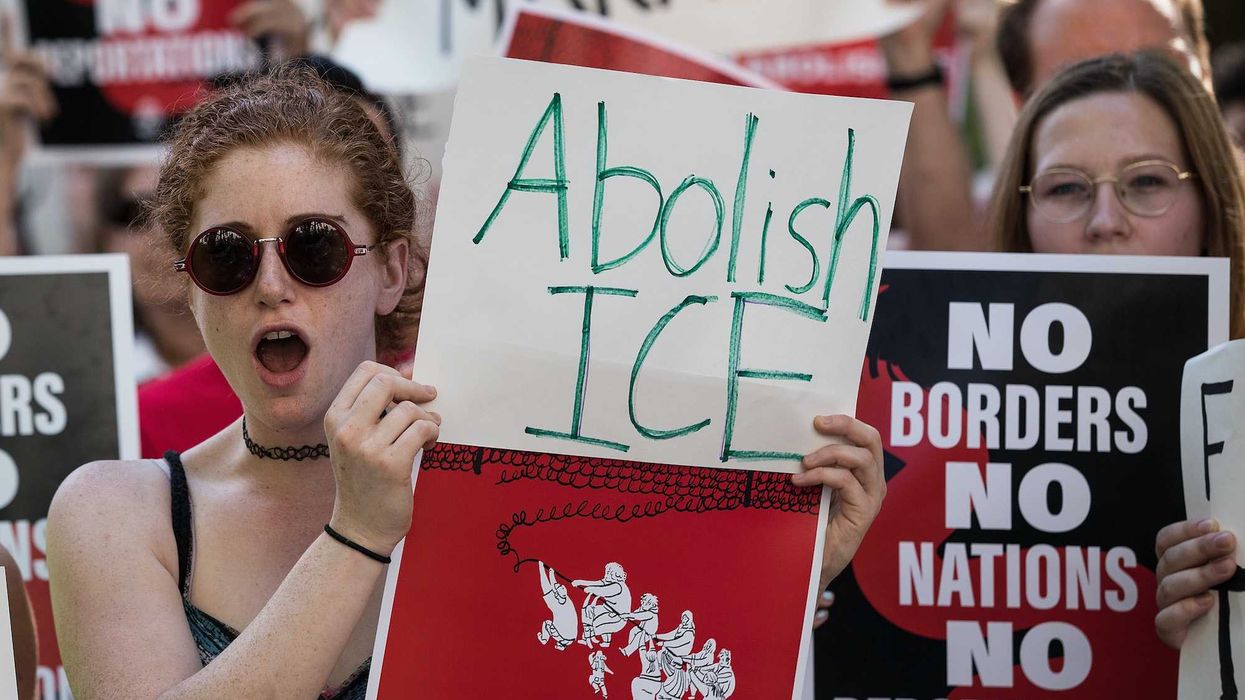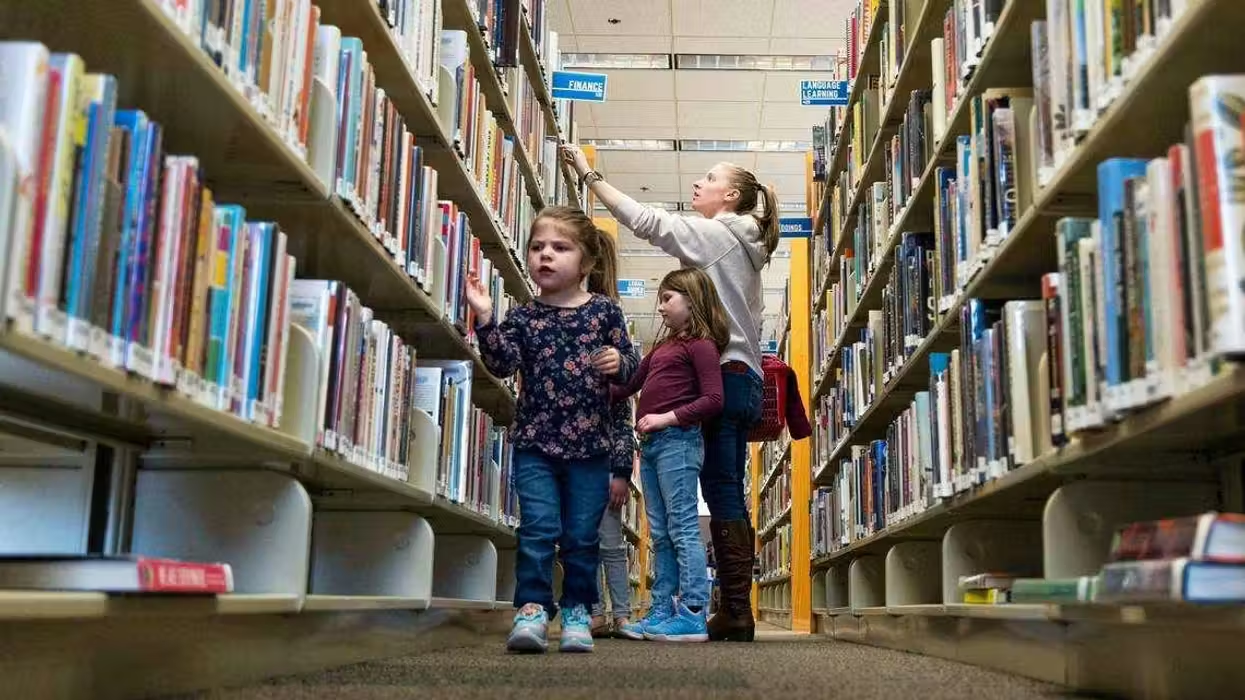The odds of catching COVID-19 on a short commercial flight, even if it's full, are extremely low, according to an analysis by a statistician at the Massachusetts Institute of Technology.
CNN reported on the findings of Arnold Barnett, professor of statistics at MIT, who calculated the odds and determined that although flyers will want to take precautions such as wearing a mask, transmission of the virus on airplanes is very rare. From CNN:
According to his findings, based on short haul flights in the US on aircraft configured with three seats on either side of the aisle, such as the Airbus 320 and the Boeing 737—and assuming everyone is wearing a mask—the risk of catching the virus on a full flight is just 1 in 4,300. Those odds fall to 1 in 7,700 if the middle seat is vacant.
"Most things are more dangerous now than they were before Covid, and aviation is no exception to that," he tells CNN Travel.
"But three things have to go wrong for you to get infected (on a flight). There has to be a Covid-19 patient on board and they have to be contagious," he says. "If there is such a person on your flight, assuming they are wearing a mask, it has to fail to prevent the transmission.
"They also have to be close enough that there's a danger you could suffer from the transmission."
Burnett calculated those odds specifically for two-hour domestic flights. Chances of infection go up if you're in an aisle seat, but only slightly. Longer flights also carry higher risk, as there is more time to potentially be exposed if someone with COVID-19 is on the flight.
Some airlines are still limiting capacity on airplanes, keeping the middle seats open in order to facilitate some social distancing, although the International Air Transport Association has called that policy "economically unfeasible" in the long term.
Air travel in the U.S. is trending up in recent weeks, although it is still down about 31% from the same time last year.
Burnett said that while masks offer some protection, flyers who want to be extra safe should wear face shields, which also cover the eyes and may block things that the mask doesn't. The air on planes is completely cycled out with new air every two or three minutes, which may help explain why in-flight coronavirus transmission is so rare.







